I just received a text from a friend who is going on a Nile Cruise in March, and asked me about our itinerary. It was at this point I realized that while I had written a post on our Cairo visit (see post here), with all the craziness of the last year and focusing on the new website, I had neglected to follow through on a Nile Cruise Sights post!
A cruise along the river Nile is, arguably, one of the main reasons to visit Egypt. I mean, hasn’t everyone dreamed about this type of trip since reading or watching Agatha Christie’s fabulous mystery, Death on the Nile? It is along this vein, that I present to you, six of my personal favorite sights along the Nile that we experienced on our cruise. There are hundreds, to be sure, but this little view will suffice in whetting your appetite! Allons -y!
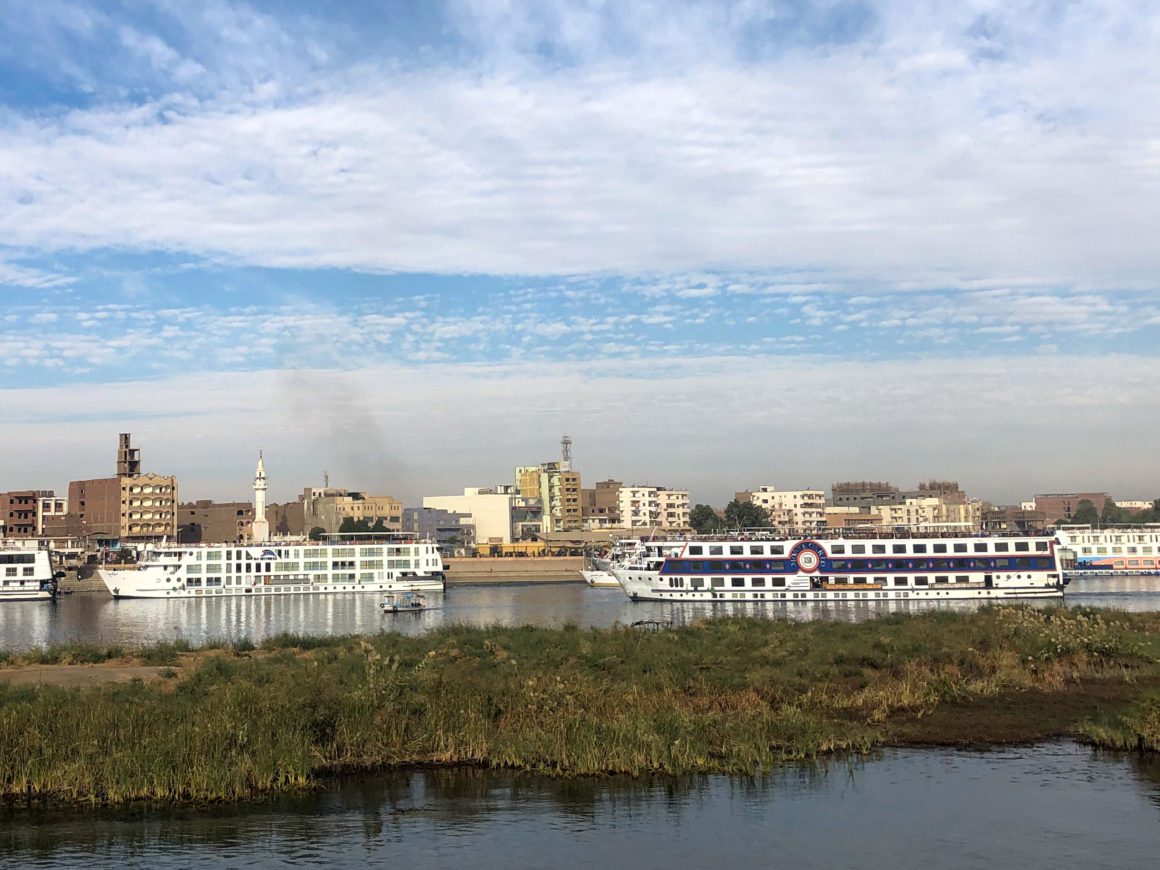
A cruise along the Nile River, the world’s longest river, is one of the most romantic ways to experience Egypt’s sights. Flying over the desert from Cairo to Luxor, one sees nothing but sand looking out of the plane window. Then out of nowhere, a beautiful, verdant swath of green emerges, bringing sustenance to the surrounding arid land. Ninety-five percent of Egypt’s 90 million people live along the banks of the Nile, making the Nile Valley one of the world’s most densely populated areas. It has and will continue to be the lifeblood of the country.
We started in Luxor and spent four nights cruising southward towards Aswan and the Sudan aboard the Sonesta St. George. Every day was action packed, often waking up at 5 am to the muezzin’s call to prayer. Drowsily, we woke up our three kids, 12, 14 and 16 at the time, scarfed down some tea and a roll, and set about meeting our guide, Mohamed Abdel Rahim, at 6 am for a full morning of touring temples and tombs. Why so early? Mainly to beat the heat and the crowds. Plus the light is prettier for photography, and you will usually return by lunchtime, after which a nap is in order, only to tour more when the sun starts to set.
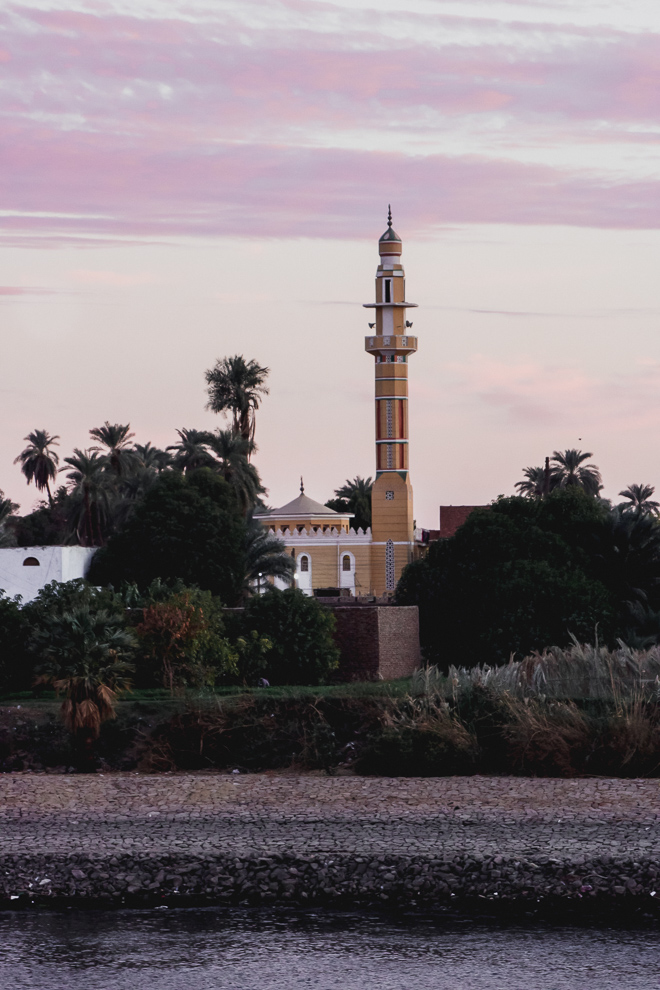
Luxor and Karnak Temples
I was so excited to see the temple at Karnak I could hardly contain myself. Ever since the famous scene in The Spy Who Loved Me with James Bond chasing Barbara Bach among the dizzying number of columns at Karnak, it has literally been a dream of mine to visit. We went before sunset, along with hundreds of other people. Tourism has come raging back to Egypt after a 9 year slump after the Arab Spring uprising in 2010.
Within the city of Luxor, the temples of Luxor and Karnak are both located on the east side of the Nile. This is symbolic because the east side of the Nile is where the sun rises, symbolizing birth, and all temples found on the east side of the Nile honor gods. Conversely, tombs and funerary temples are located on the west side of the Nile where the sun sets, symbolizing death.
First, we toured the Karnak Temple, which is a series of temples, chapels and other buildings dating from 2055 BC that was the main religious center in Egypt. In fact, Karnak is said to the be largest religious center in the world, so large that St. Peter’s, the cathedral in Milan and Notre Dame would fit within its walls.
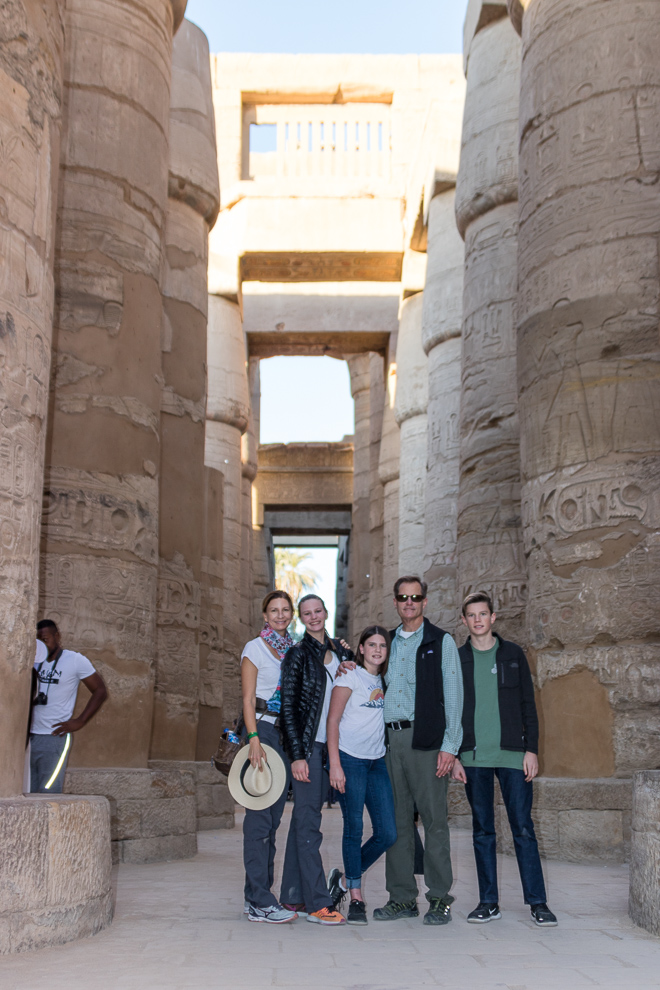
After a few hours, we walked to the nearby Luxor temple right around sunset. The complex was lit up and we were free to roam in and around this sandstone temple that was built approximately in 1400 BC and was an important political and religious center dedicated to the Egyptian god, Amon-Ra, who was responsible for all life on earth.
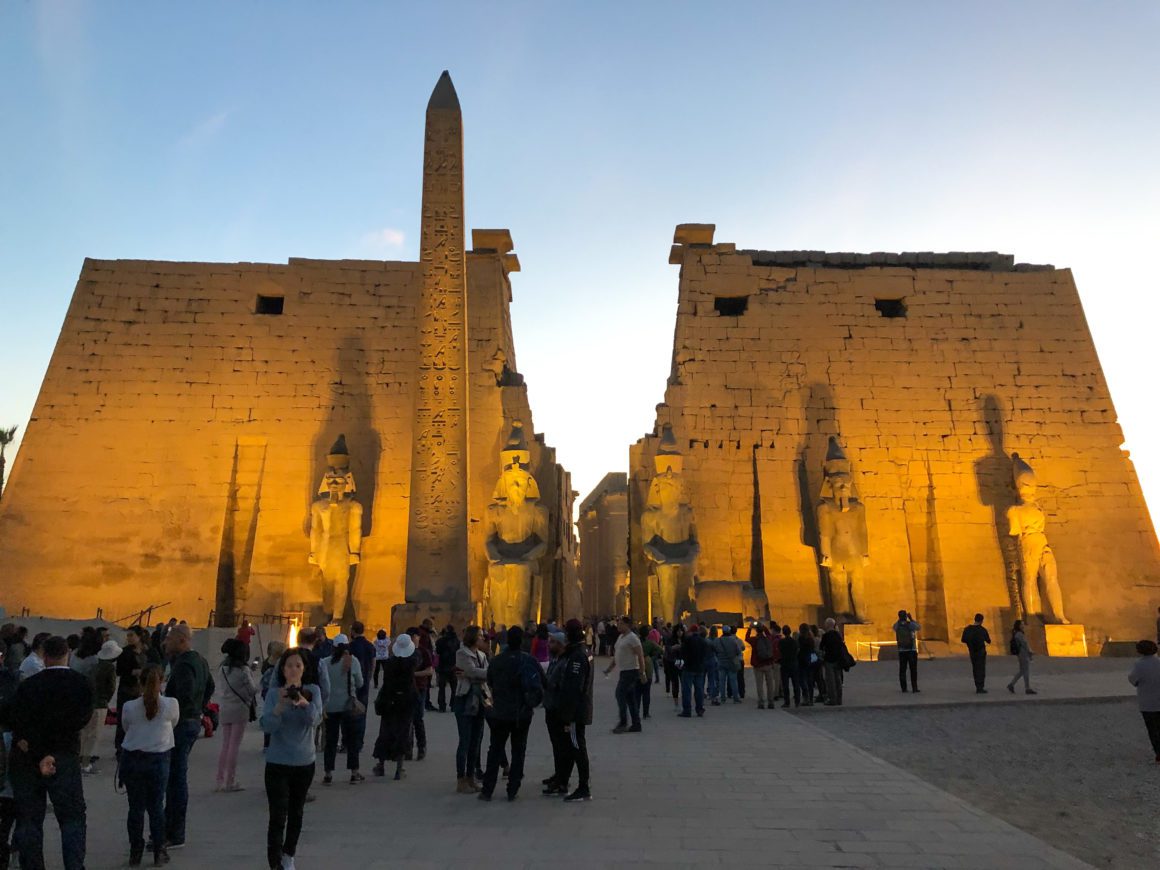
The Valley of the Kings and Queens
This is a pretty broad category since there are many tombs within this valley. For a period of over 500 years between the 16th and 11th centuries BC, the Valley of the Kings and Queens was the burial place for pharaohs and queens of the New Kingdom. Archaeologists, and treasure hunters (grave robbers) before them, have been unearthing the treasures in these tombs, the majority of which is in the great museum in Cairo (and now Giza…scheduled to open in 2020).
The two highlights for me were The Tomb of Nefertari, the first of the royal wives to Ramses the Great (Ramses the II), and the tomb of the “boy king” who died a sudden and mysterious death, King Tutankhamun.
Nefertari’s tomb was discovered in 1904 and is considered the “Sistine Capel of Ancient Egypt”. The wall paintings in her tomb are exquisite. Only 150 visitors are allowed every day, and tickets are first come first serve, hence the reason we woke up at 5 am. Once inside, we were only allowed 10 minutes and were not allowed to take any photos. Of course, we dutifully abided by both of these rules.
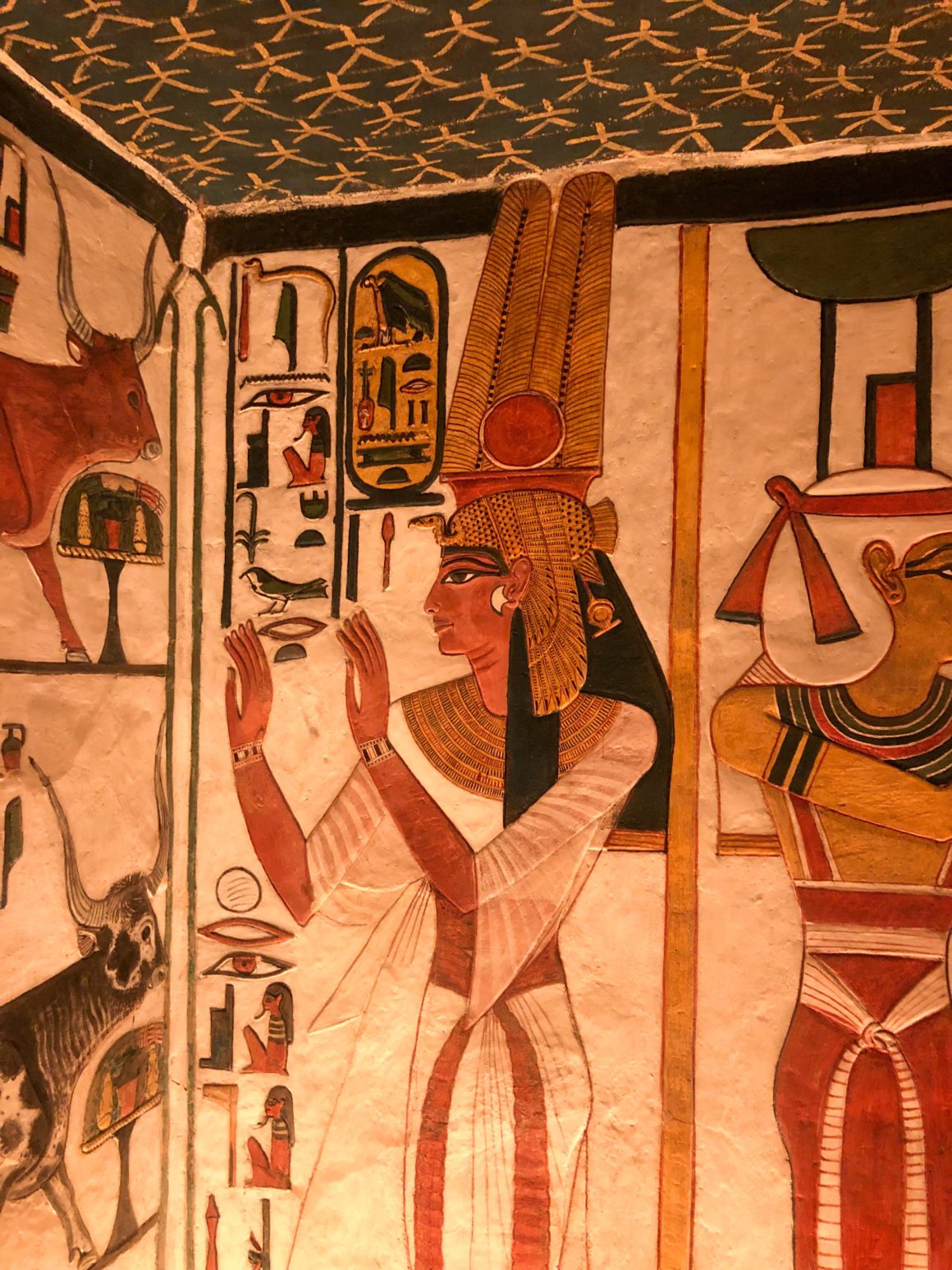
I am not sure how much of Tutankhamun’s history I need to touch on here as I am assuming you, like me, were obsessed by the discovery of the tomb. Because of the sudden death of King Tut at the age of 19, the tomb was not as grand as other Pharaoh tombs. Thus, it was largely overlooked by grave robbers, and when Howard Carter discovered the tomb in 1922, it was largely intact, revealing some of the greatest Egyptian treasure to have ever been found. Most of it is in the Egyptian Museum in Cairo (now Giza), but you will still see King Tut’s mummy, the sarcophagus, and one of the boxes that surrounded the sarcophagus.
Temple at Medinet Habu
As the Temple at Medinet Habu is a mortuary temple for Ramses III, it is located on the west side of the Nile. We visited in early morning, and had the temple almost all to ourselves, basking in the glow of early morning and taking in the glory of the structure. It is a large structure, significant for the series of reliefs relating the military exploits of Ramses III and his campaign against the Libyans and the war against the Sea Peoples.
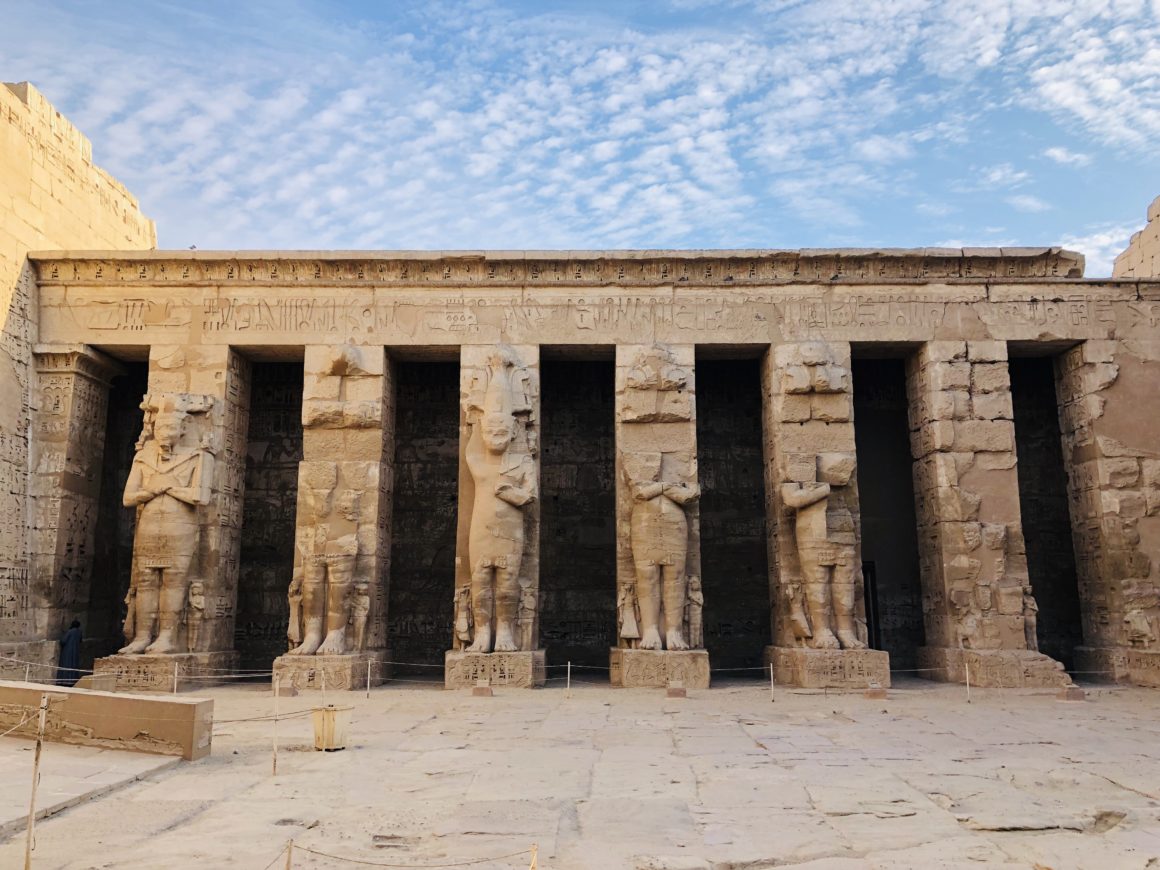
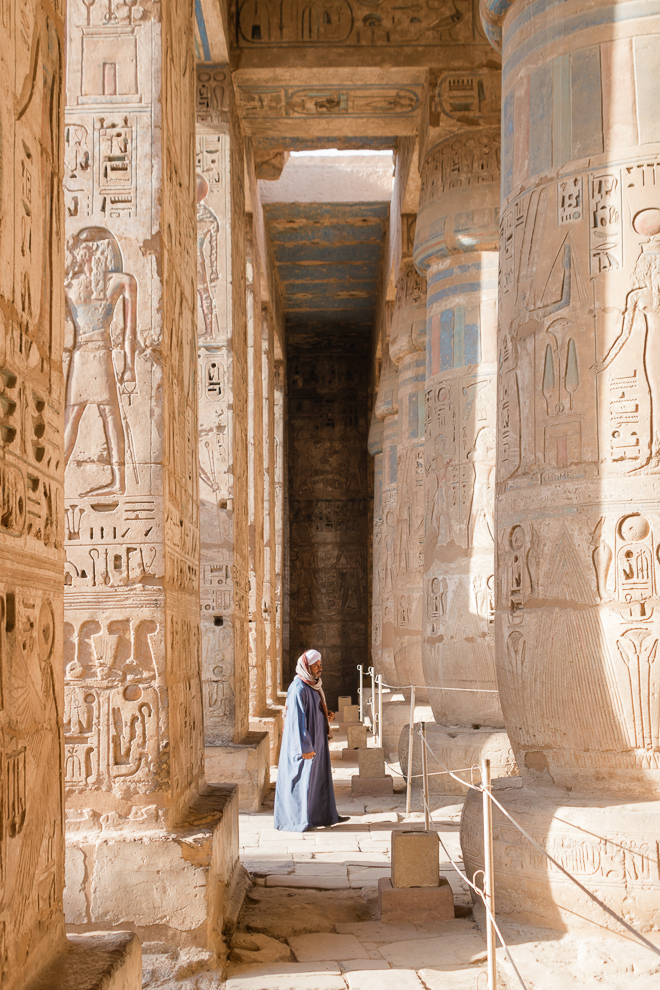
Edfu
The non our nile river cruise, the city of Edfu, is home to the Temple of Horus, the falcon-headed god. It is here that Horus and his uncle Seth were to have battled to determine who would succeed Osiris as king. The Temple of Edfu also one of the most beautiful and well-preserved temples in Egypt, owing its preservation to the fact that the temple lay under a thick layer of sand until discovery by French archaeologists in the 1860’s. The temple is interesting for the inscriptions on the walls that provide important background on the language, myths and religion of the Greco-Roman period in Egypt. Plus, part of the fun in visiting Edfu, is taking a horse drawn carriage from the boat to the temple and back again. It is chaotic and frenzied, but crazy fun.
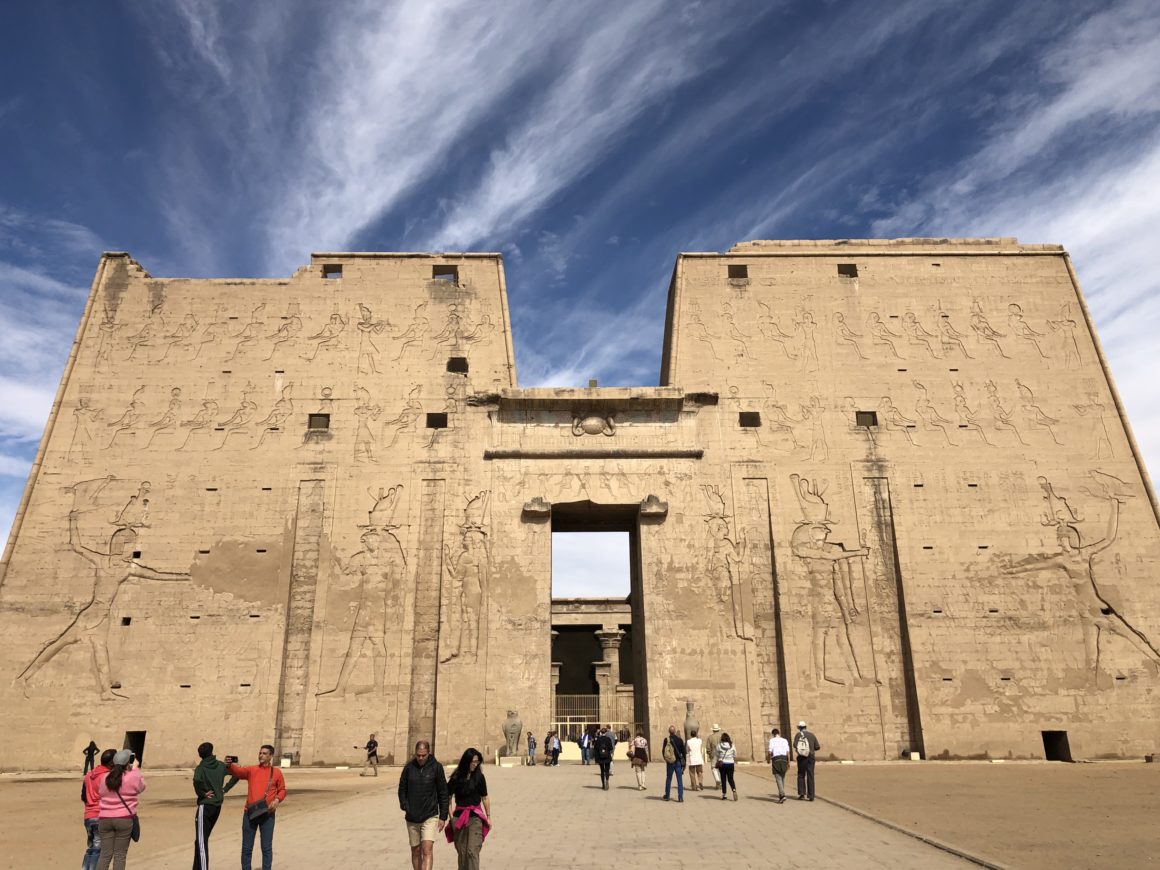
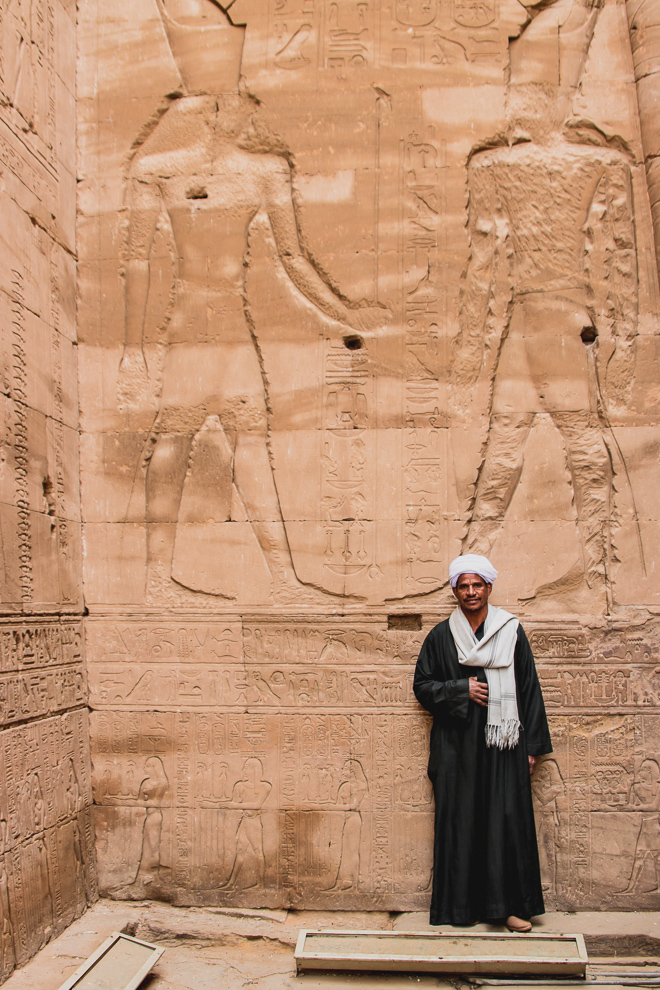
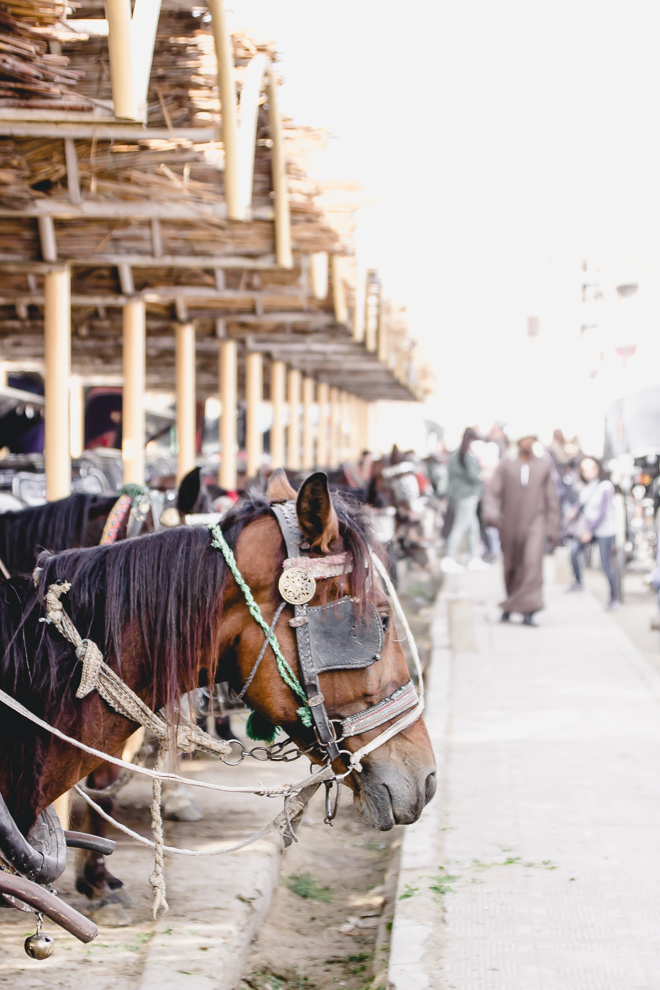
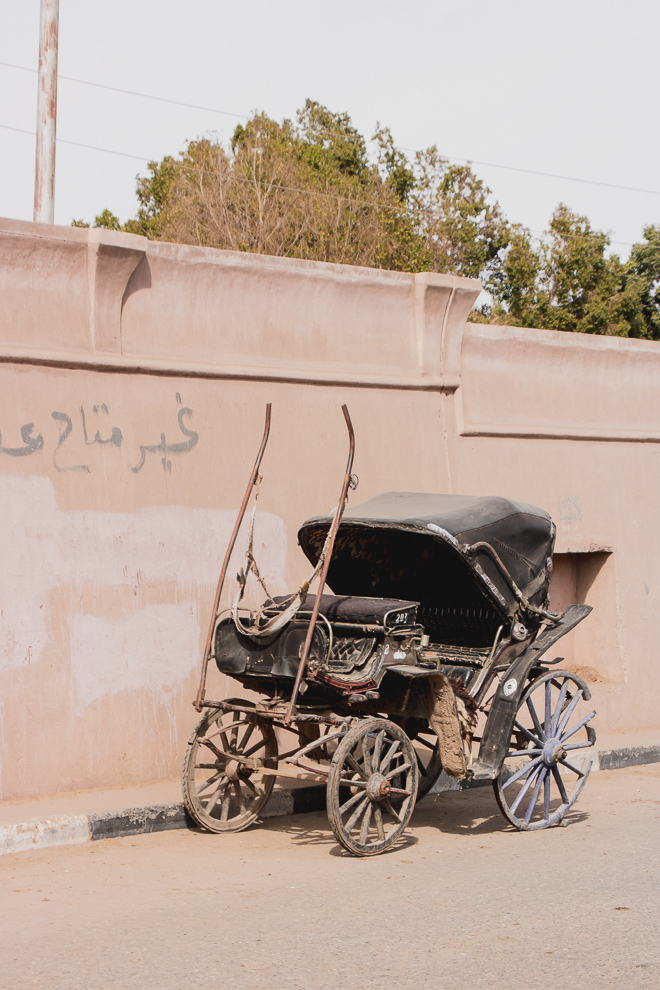
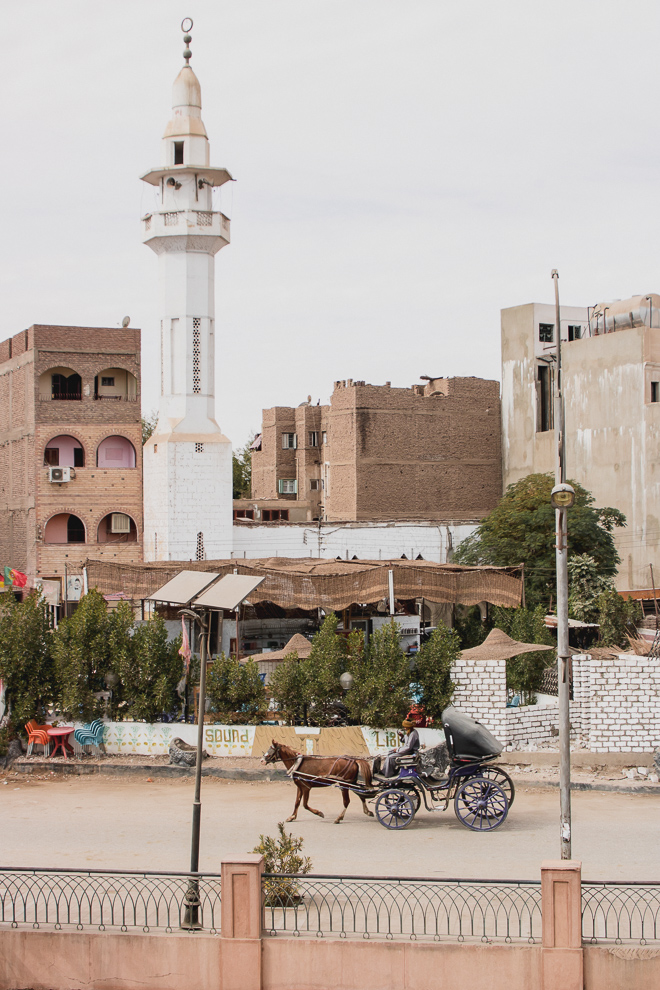
Aswan and Abu Simbel Temple
Our Nile Cruise ended with sights in Aswan where we took a plane for a quick day trip to the temple of Abu Simbel. Cited by many as Egypt’s prettiest town, Aswan is the kind of place where you would like to linger for a few days. You can get lost in the spice markets, take a boat trip to the Philae Temple (see below), or just take a break from touring. The stone quarries of ancient Egypt are located here and were celebrated for their stone, and would be another interesting tour.
However, the flight to Abu Simbel is a must IMHO. It is a short flight taking you to an area almost to the border of Sudan to see the great temple dedicated to the reign of Ramses II. Four seated colossi flank the entrance to the temple, two on either side, each representing Ramses II on his throne. The smaller statues below depict the enemies he conquered, the Nubians, Libyans and the Hittites. Be sure to have a traditional Nubian meal in a Nubian home at some point of the visit as well. Nubia was a powerful empire between Egypt and Ethiopia from the 6th to 14th centuries. It wasn’t until I had a Nubian meal that I felt as if I were on the African continent and was an interesting addition to our itinerary.
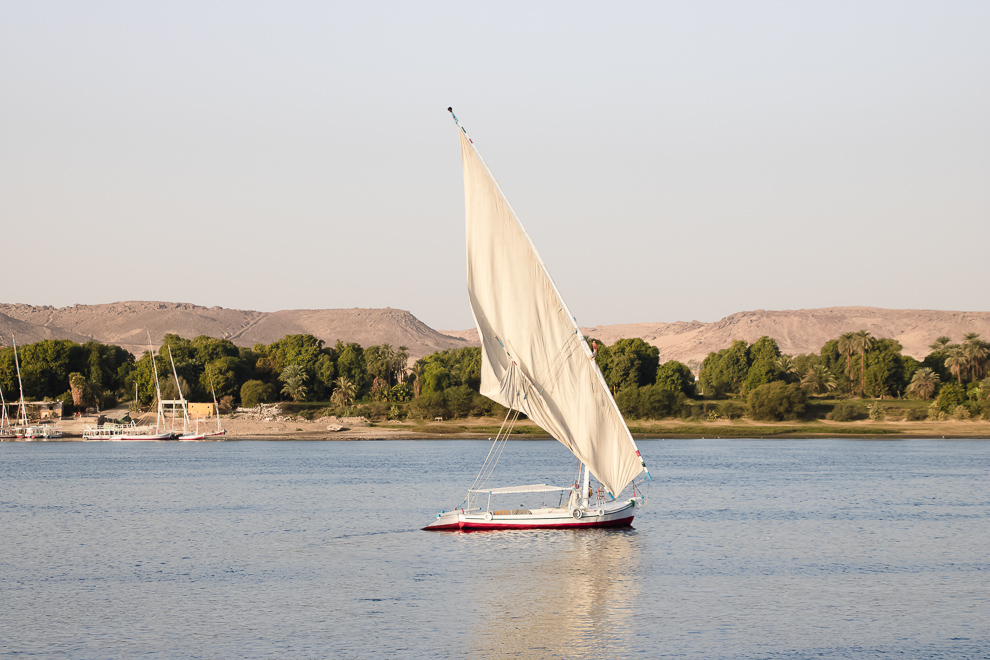
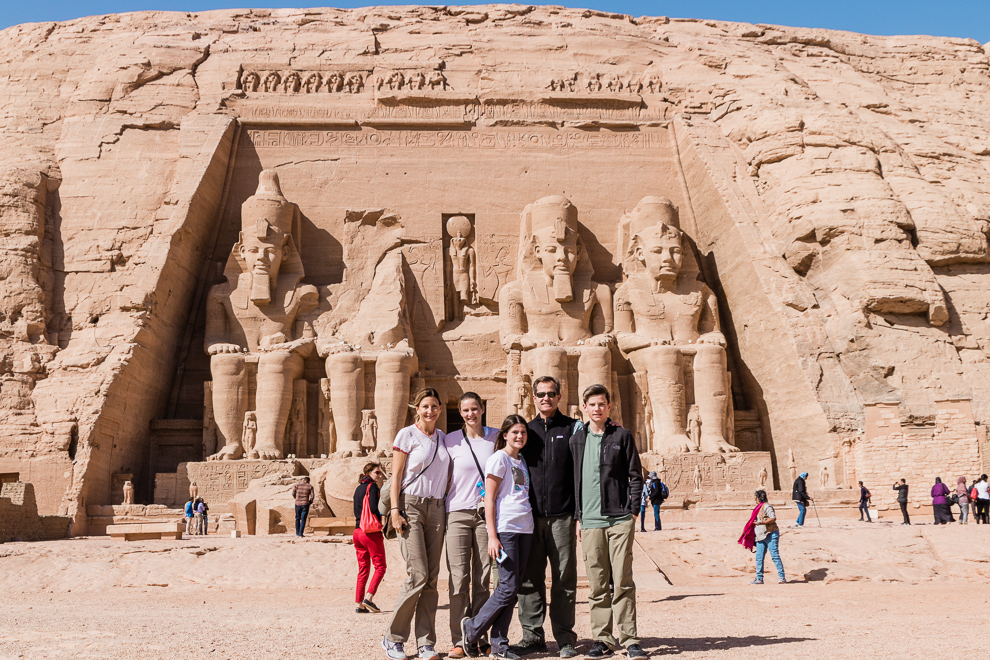
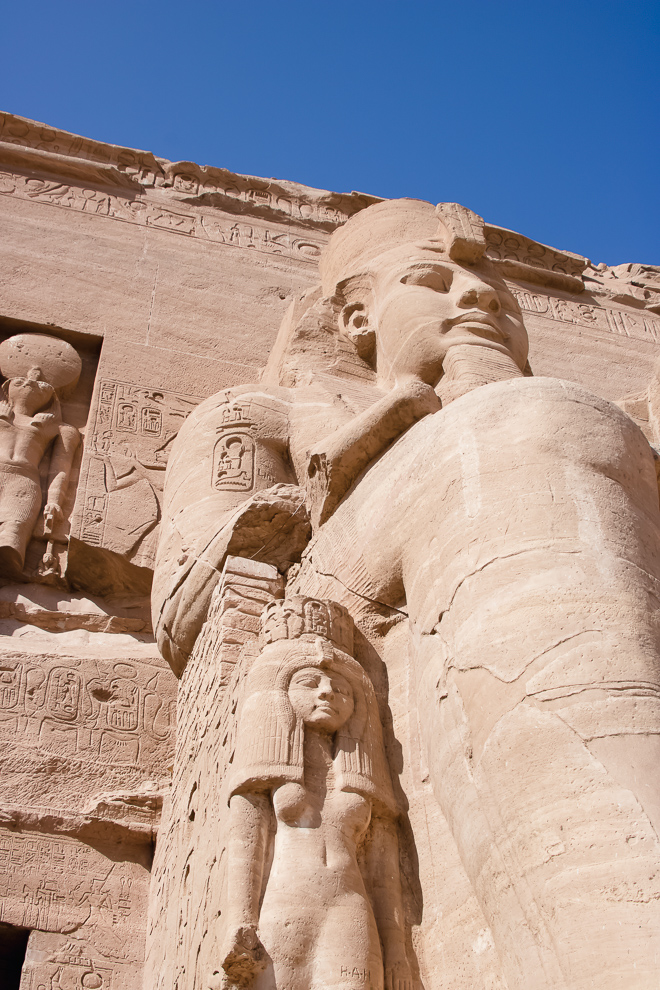
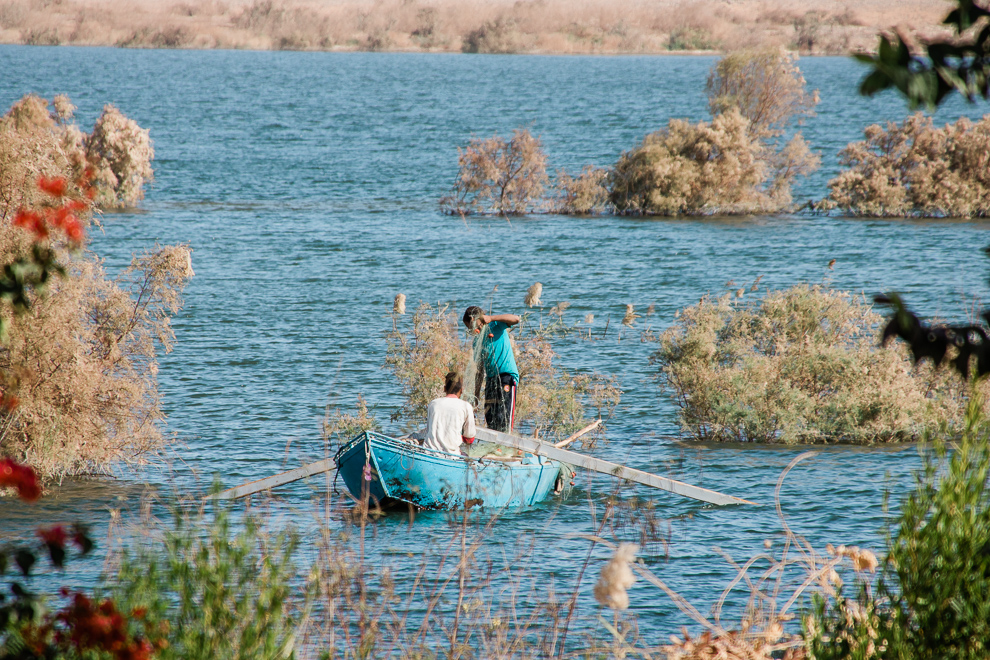
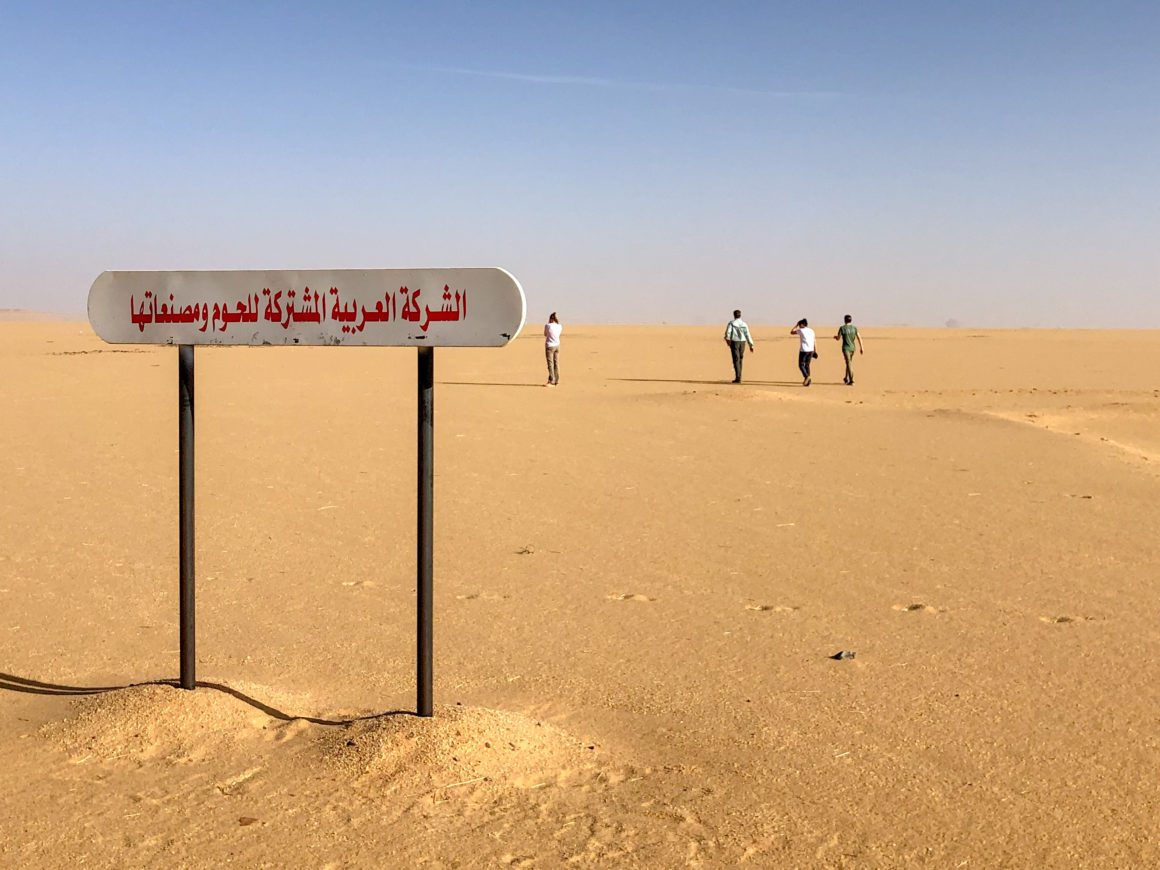
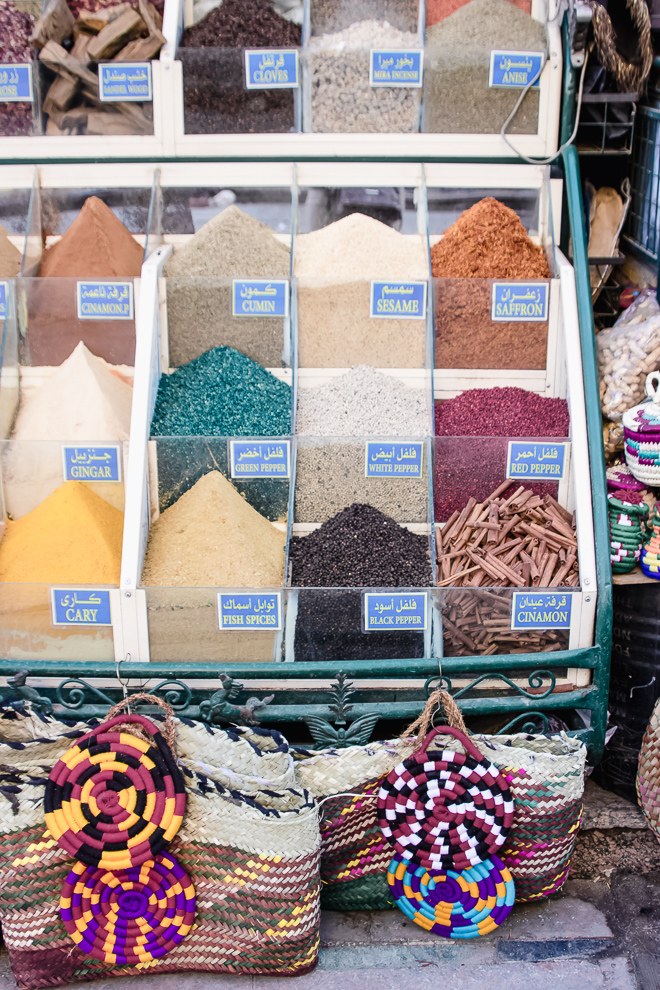
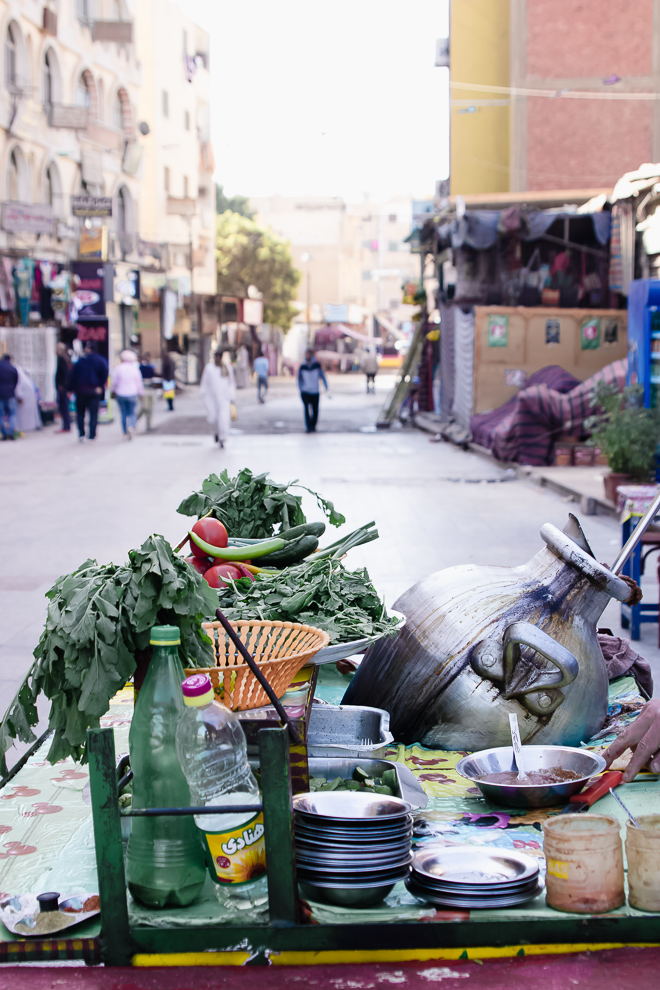
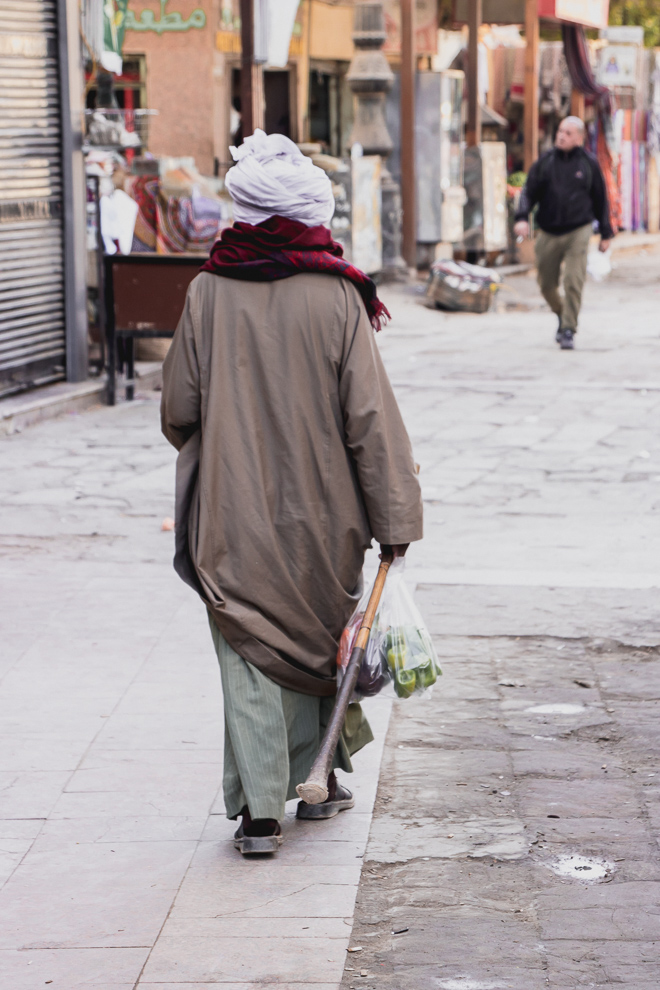
Philae Temple
Philae Temple was built in 280 BC during Egypt’s Greco-Roman period. At one point, Philae Temple was a Coptic Christian Church. When the old Aswan dam was built in 1902, the temple flooded and at one point was almost underwater. Therefore, prior to completion of the Aswan High Dam in the 1960’s, the temple was moved to higher ground, on an island next to the original site which was said to be the final resting place of Osiris. Also known by the Greek name, “Elephantine”, the temple was an important center for trade, specifically ivory. You hire a boat to take you there and it takes a couple of hours, but makes for a good opportunity to buy some Nubian souvenirs. My son brought 10 Nubian hats home to all of his friends, who take great pride in wearing them to school.
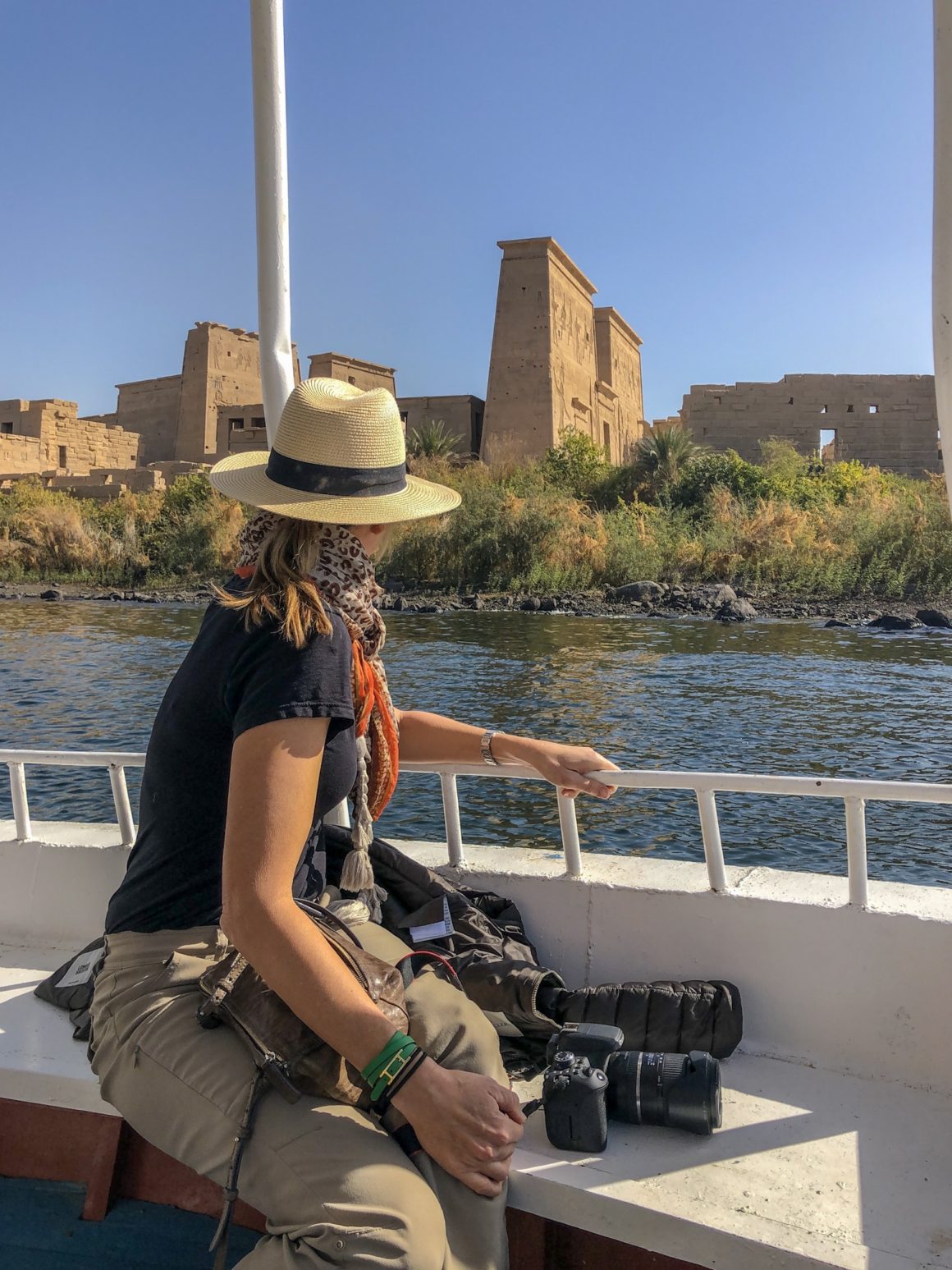
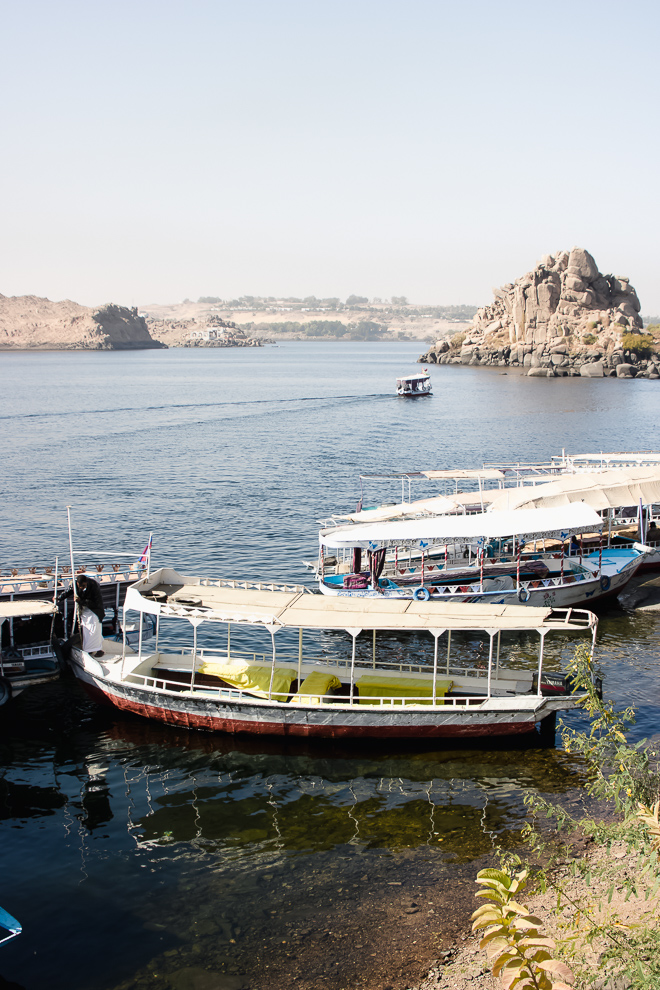
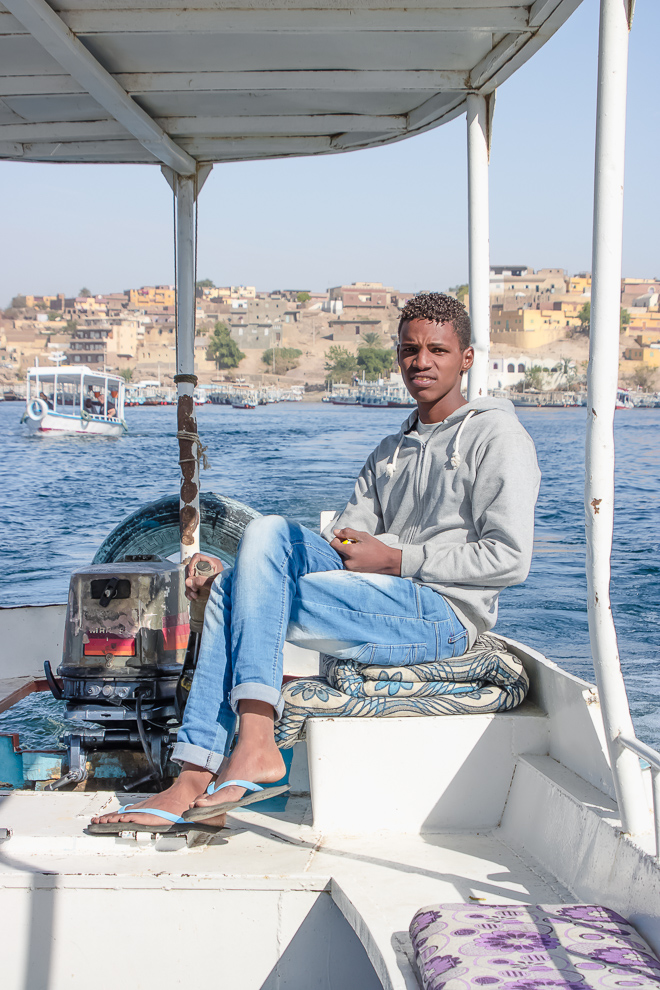
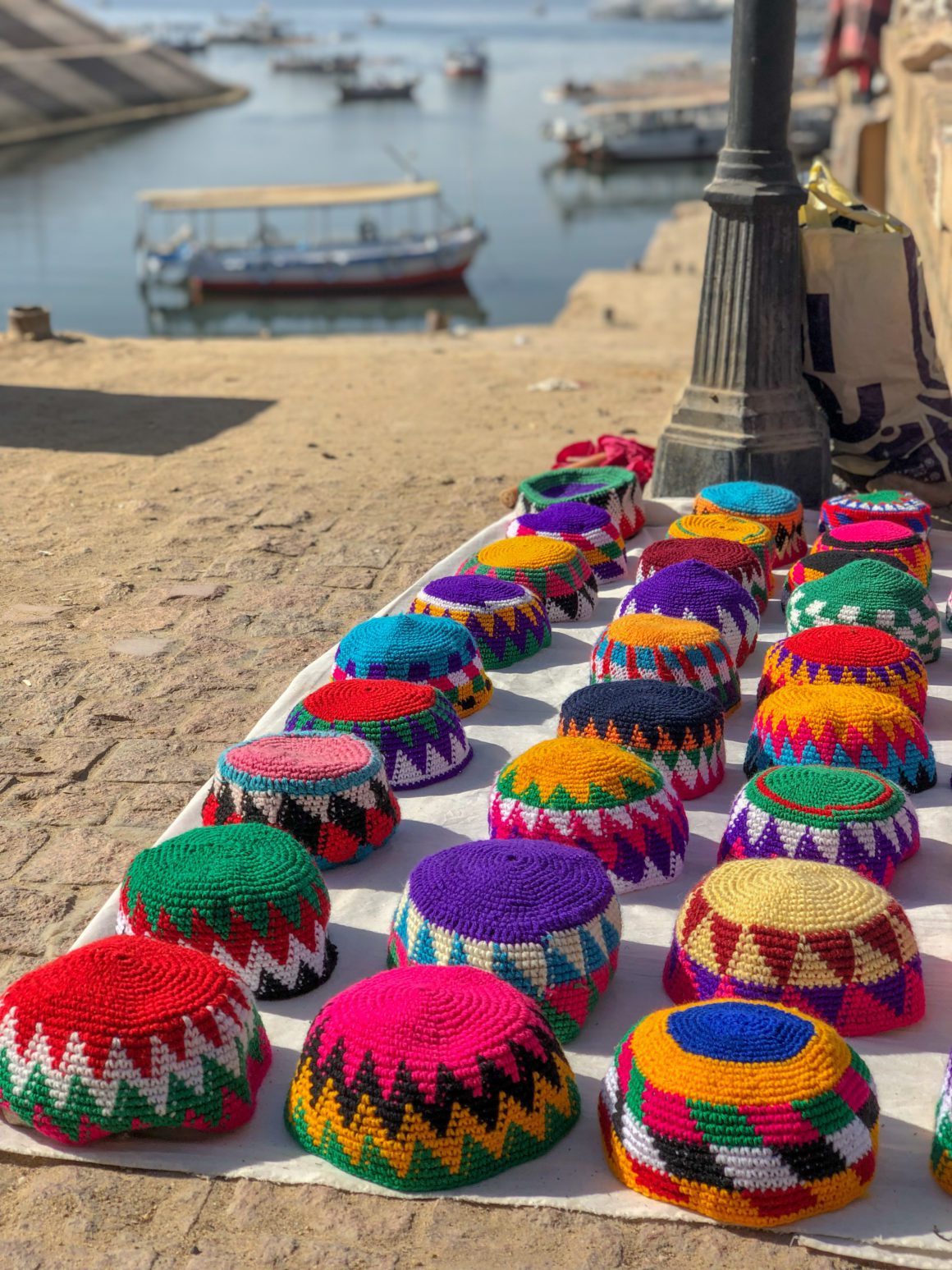
TRAVEL NOTES: Our trip was arranged through Indagare, a travel company of which I am a current member. They made everything seamless and arranged terrific guides, including our guide on the Nile, Mohammed Abd El-Rehim, mohamedrehim@hotmail.com. Because we booked with only 4 months notice, we did not get our choice of boats, which is why I didn’t elaborate on the cruise itself in this post. While the crew on the Sonesta St. George went above and beyond, I would suggest you do your research in the type of vessel you prefer to book.
If you go on a nile cruise, don’t forget to take along some good books to guide you through the sights, such as:
Death on the Nile by Agatha Christie
Asterix and Cleopatra by Rene Goscinny and Albert Uderzo
Egypt – Culture Smart by Jailan Zayan
The English Patient by Michael Oondatje
River God by Wilbur Smith
Egypt Rediscovered by Mohamed El Hebeishy
All photos by Marci Symington for TEXAZTASTE.COM.










4 comments
Terrific, interesting post!
Thanks, Syl!
Great advice and truly marvelous photos of Egypt. HC
Thank you, HC! That is certainly high praise coming from you!! Happy early birthday :).
Comments are closed.